Join the author, Néstor T. Carbonell, as he shares a critical analysis of the Castro-Communist regime and explores the challenges and opportunities that will likely arise when freedom finally dawns in Cuba.
CHAPTER 9: Eyeball-to-Eyeball: Who Blinked? (October – December 1962)
According to Soviet deputy premier Anastas Mikoyan, President Lyndon Johnson told him shortly after Kennedy’s funeral that he would remain faithful to the US pledge not to invade Cuba. And in 1970, after the United States discovered the construction of a Soviet submarine base in Cuba, the Nixon administration invoked the Kennedy-Khrushchev agreement to include submarine bases as a prohibited offensive installation, thereby recognizing the full force and effect of the accord.
Apart from the no-invasion pledge, which eventually hamstrung Cuban freedom fighters in the United States and abroad, Washington allowed the Soviets and Castro to keep on the island the twenty-four battalions of surface-to-air missiles introduced during the Russian military buildup, along with the short-range, nuclear-capable FROG rockets, Komar ships, and the MiG-21’s. These fighter-bombers were upgraded years later with MiG-23’s and MiG-27’s, which could be quickly conditioned to carry nuclear payloads.
Yet another indication of Moscow’s continued military intervention in Cuba post-Missile Crisis was the permanence of part of the Russian forces that were deployed to the island in June-October 1962óa total of 41,902 soldiers, military experts, trainers, and support personnel. According to the summary record of the Meeting of the National Security Council on November 29, the president himself decided not to insist on the withdrawal of all the Soviet forces from Cuba. He commented that “the Russians won’t take out their forces until we give a no-invasion assurance. It is better for us to have Soviet units in Cuba than to give a formal [UN] no-invasion assurance.”
The attorney general was not particularly concerned about Russian troops on the island. In fact, they apparently gave him a sense of comfort. He wrote in his memoirs, “I didn’t see what the problem wasóthe Russians in Cuba. I mean, I’d rather have the Russians running the SAMs (surface-to-air missiles) than the Cubans running them.”
Despite the tacit acceptance of the Soviet Union’s military presence in Cuba, Washington seemed surprised and alarmed when the CIA spotlighted in 1979 a Russian combat brigade on the island armed with forty tanks and backed by several thousand military experts-trncl support personnel. The alarm, however, soon subsided, and the brigade and entourage remained in Cuba until the early 1990s.
Unchallenged, the Soviets sent to the island in the 1970s, for resupply and a show of strength, numerous naval task forces that included guided missile carriers and destroyers and nuclear attack submarines. They also conducted reconnaissance missions along the East Coast of the United States with Tu-95 Bear turboprop aircraft.
Moscow had another weighty motive for maintaining a military presence in Cuba: the operation of a major electronic intelligence station whose large antennas eavesdropped on US civilian, military, and space satellite messages and picture relays. This advanced monitoring complex, atop a limestone hill of Lourdes, east of Havana, was deemed at the time the most powerful and sophisticated Russian intelligence-collection facility in the world outside the Soviet Union itself.
But from the standpoint of the Cold War, the most important geopolitical and military advantage that the Kremlin gained from the Missile Crisis was the tolerated use of Cuba as a formidable base to spur Communist expansion through armed attacks, espionage, and subversive activities throughout the Americas, Africa, and other regions. This Soviet sanctuary enabled the Castro regime to ignite and support “wars of liberation or popular insurrections against ìYankee imperialism” and to spread the myth that communism was the wave of the future.
Moscow’s free rein in Cuba, following the Kennedy-Khrushchev accord, has generally been justified as the necessary price that had to be paid for settling the Missile Crisis without unleashing a nuclear war. Is that a valid explanation? If the United States had tightened the blockade or taken military action to disarm and liberate Cuba, or at least to sever the Soviet military connection, would that have triggered a nuclear war?.
When the former policy makers from the Kennedy administration and scholars of the Missile Crisis met in Hawks Cay, Florida, in March 1987, most of them felt, in retrospect, that more could have been accomplished if the White House had taken a tougher stance. The United States had such strategic and conventional superiority in the region that the chances that a war over Cuba could have escalated into a nuclear exchange were viewed by some of the pundits at the meeting as “one in fifty.” Others considered that “even one chance in a thousand of nuclear war would be too high.”
Still, despite the very low odds, one could not have totally ruled out the possibility of “blundering into disaster,” as McNamara put it, or of stumbling into a nuclear war. So, it would seem unfair for us now, with the benefit of hindsight, to blame Kennedy and the “doves” of the Ex Comm for lack of sufficient fortitude when faced with Soviet offensive missiles in Cuba, nearly operational, pointing at the United States.
Yet the teetering on the brink need not have occurred. In fact, it could have been averted if Washington had taken appropriate action before the crisis escalated.
True, US intelligence estimates, colored by philosophical misconceptions, political biases, and plain wishful thinking, maintained that the establishment on Cuban soil of Soviet nuclear capability was incompatible with Kremlin policy. Yet CIA director McCone, well-informed senators, NATO intelligence officers on the island, and Cuban exile leaders repeatedly warned the president and his advisers about the serious implications, both conventional and nuclear, of the Soviet military buildup in Cuba.
After considerable prodding, Kennedy did serve notice on the Soviet Union in early September that the emplacement of offensive missiles and combat forces in Cuba would have grave consequences but he failed to follow through. To avoid incidents with Moscow, he even suspended for almost one month U-2 reconnaissance flights over the suspicious areas of Cuba protected by Soviet surface-to-air missiles and troops.
Moreover, when McCone showed the president on October 10 photographs of crates in Havana believed to contain Soviet IL-28 bombers capable of carrying nuclear payloads, Kennedy told the CIA director to “withhold that information at least until after the November elections.” National security was apparently deferred for political considerations. And so the Soviet invasion of Cuba with nuclear striking forces proceeded apace and was nearly completed without US opposition or interference, an invasion over four months involving more than a hundred shipments laden with Soviet lethal weapons and forty-two thousand soldiers and military personnel, an invasion that left in its wake a formidable base that wreaked havoc in several regions of the world, taking the toll of hundreds of thousands of lives.
Yes, Kennedy got the missiles out, but he allowed the Soviets in. And in they stayed for three decades, arming, financing, and protecting the most subversive and long-lasting totalitarian tyranny of modern times.
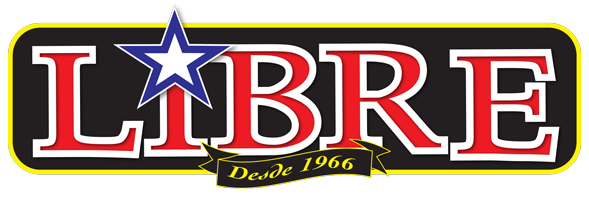


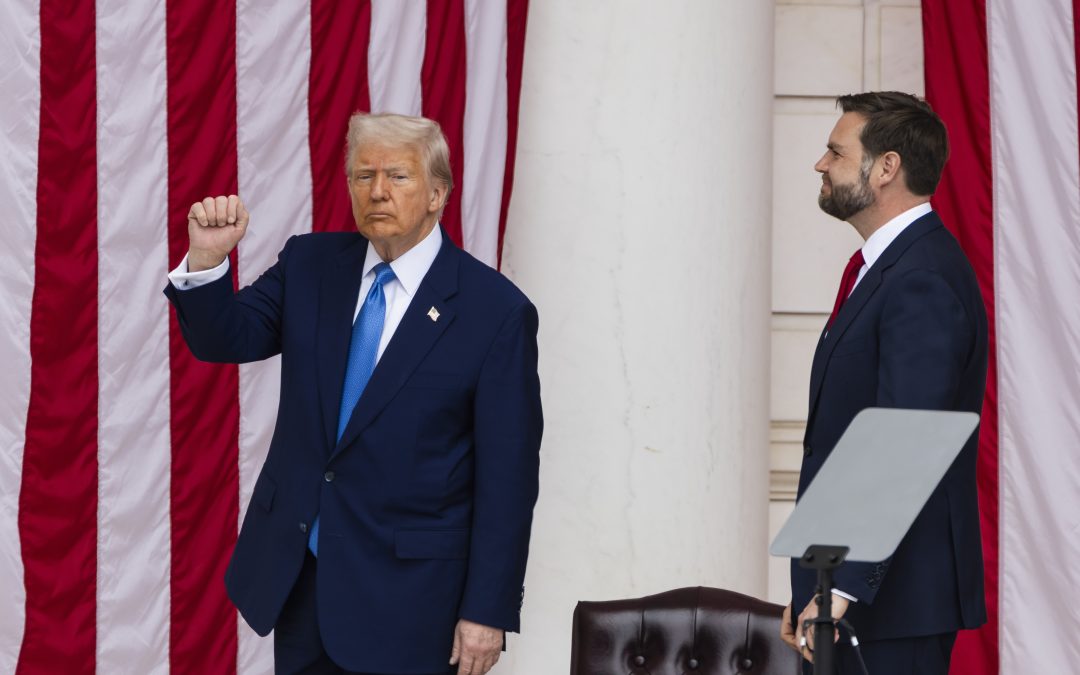
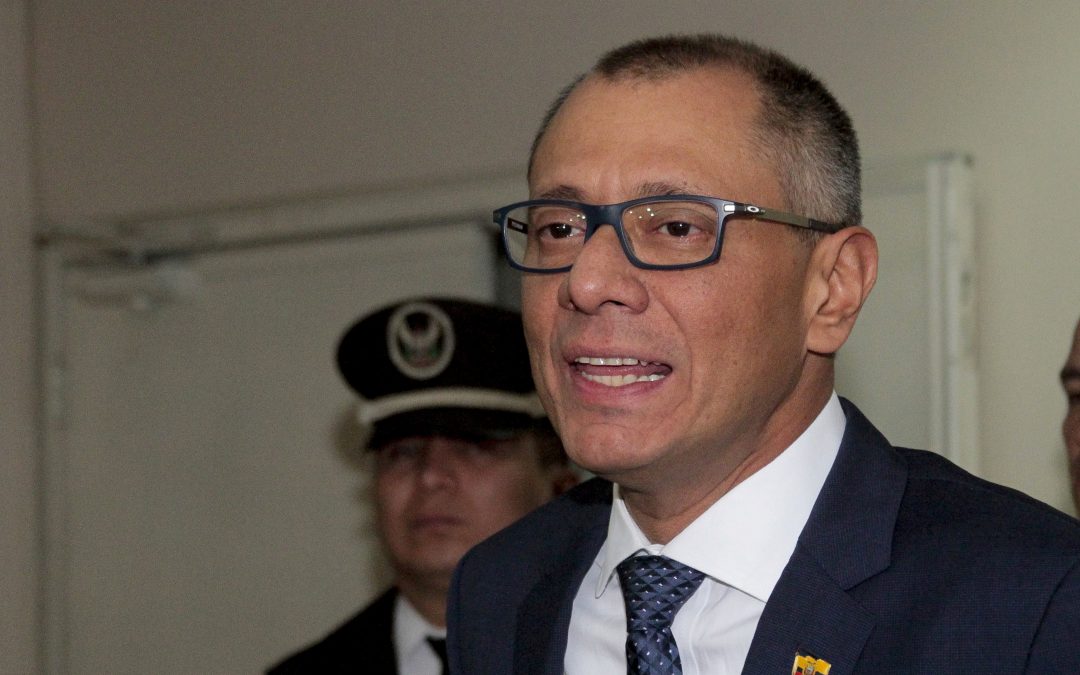
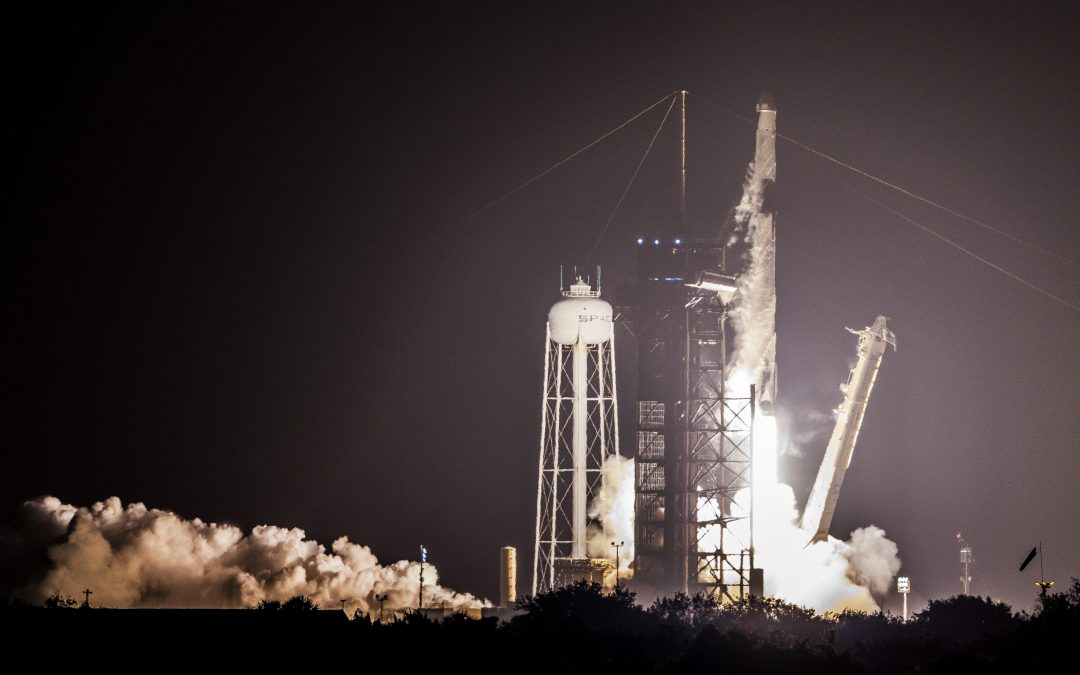
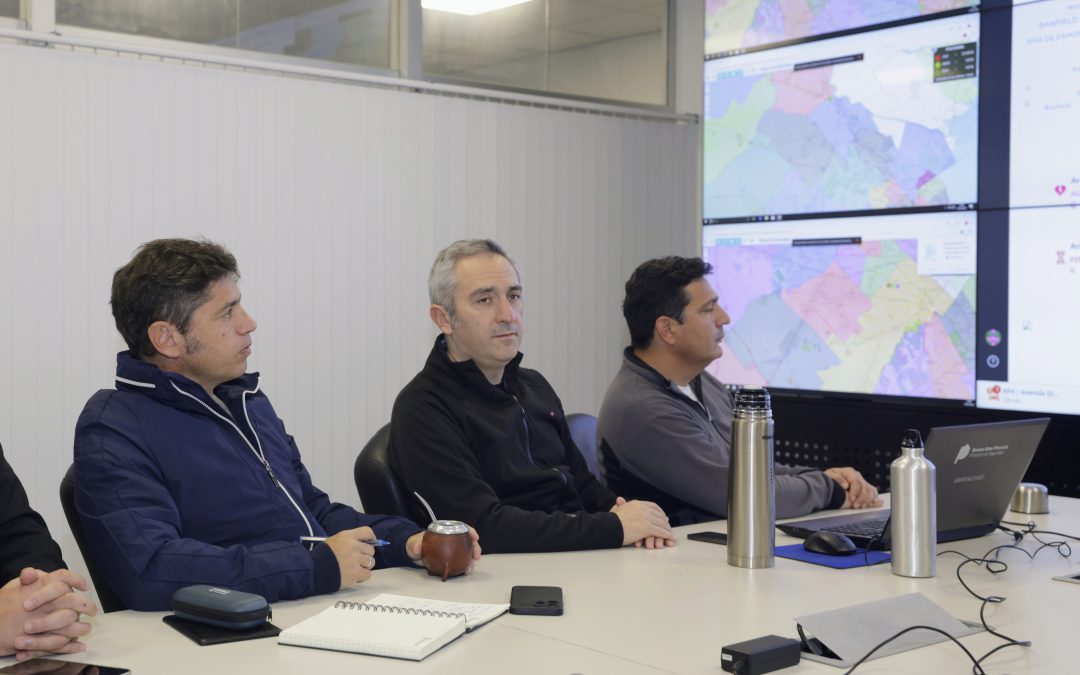




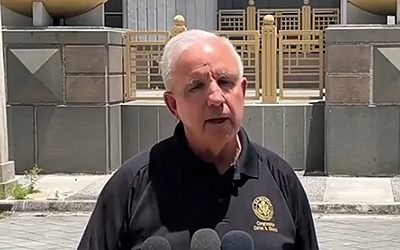

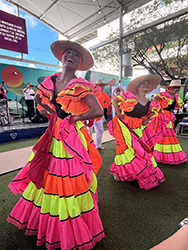
0 comentarios